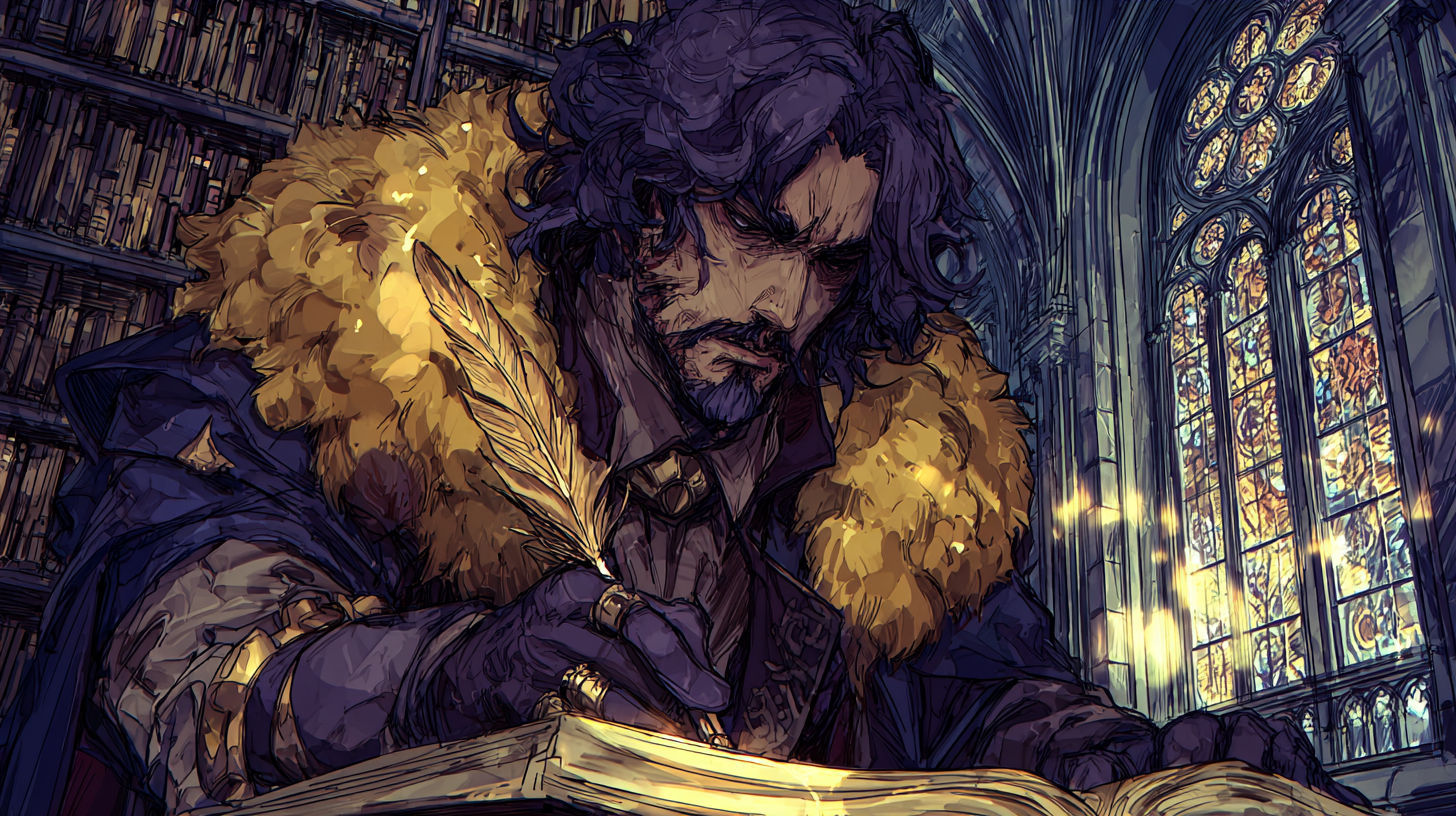The Dawn of AI Writing
AI writing is changing how we create and communicate. Language, once a purely human art, is now shared with algorithms. As a result, creativity itself is expanding in new directions. This new form of authorship blends human creativity and machine intelligence. It’s not a replacement; rather, it’s a collaboration. Together, humans and AI can write faster, explore more ideas, and reach broader audiences.
If you are new to my creative philosophy, explore AI & Creativity or Creative Development for related insights.
What Is AI Writing?
AI writing uses large language models (LLMs) like GPT-4, Claude, or Gemini to generate text. These models learn from massive amounts of data to predict what words should come next. Although they cannot think or feel, they can nevertheless write in a way that seems natural and fluent.
In addition, it supports faster ideation and clearer communication. For more on how automation supports creativity, visit Software Engineering Workflows.
Human and Machine Collaboration
Writers around the world now use AI tools to support their creative process. In Stanford’s CoAuthor project, authors worked with AI systems to produce longer and more diverse stories without losing their personal voice.
Japanese author Rie Qudan even co-wrote an award-winning novel with ChatGPT. This example shows how AI can inspire ideas and enrich storytelling. Importantly, human creativity remains the heart of the process. Similarly, for visual creativity, see AI Art — another space where humans and algorithms collaborate.
AI Writing vs Human Writing
The table below compares writing with AI and traditional human writing:
| Aspect | AI Writing | Human Writing |
|---|---|---|
| Speed | Very fast, scalable output | Slower, more deliberate |
| Originality | Based on learned patterns | Inspired by emotion and experience |
| Emotional Depth | Limited empathy | Deep and authentic emotion |
| Voice & Style | Consistent but generic | Expressive and personal |
| Critical Thinking | Lacks reasoning | Driven by intent and logic |
| Creativity | Recombines patterns | Makes original leaps |
In conclusion, AI and human writing are not opponents but collaborators, each with distinct strengths.
AI writing helps generate ideas and drafts, but human writing provides meaning and emotion. Used together, they can enhance both quality and speed.
Practical Uses of AI Writing
AI tools are already common in everyday work; for example, they assist in journalism, marketing, and storytelling.
- Journalism: Real-time news updates by The Associated Press.
- Marketing: Product descriptions and SEO blogs by platforms like HubSpot.
- Storytelling: Outlining and dialogue generation for authors.
- Editing: Grammar and tone checks via Grammarly or Word.
Human authors remain editors, curators, and decision-makers. Therefore, the best results emerge when both work together. For related creative tests, visit Design Experiments.
Ethics and Responsibility
At the same time, ethical use of AI writing matters.
Ethical use of AI matters. Writers should ask:
- Who owns the text? (Usually the person directing the AI.)
- Is it plagiarism? (Check and rewrite to ensure originality.)
- Should AI use be disclosed? (Yes—transparency builds trust.)
To stay ethical:
- Never publish unedited AI output.
- Always verify facts.
- Disclose your AI use when relevant.
AI is a tool, not an excuse. Consequently, writers remain responsible for accuracy and originality. Read more about this in Personal Growth.
The Future of Writing
Meanwhile, new careers are appearing thanks to AI writing:
- Prompt Designer
- AI Editor
- Content Strategist
Writing is evolving from solo creation to hybrid collaboration. Writers who adapt will stay ahead. Moreover, human-only writing will grow as a mark of authenticity.
For external learning, explore OpenAI Blog, The Authors Guild, and Stanford HAI for reliable research and discussion.
Final Reflection
AI writing is not a threat but a transformation. Ultimately, it turns writing into a shared creative act.
In the new age of AI, humans no longer write to machines—we write with them. The keyboard becomes a bridge between logic and imagination.
AI writing is not a threat but a transformation. It turns writing into a shared creative act. Still, purpose remains human. AI has words; we have intent.
